Suchat Tachanaravong *
Luechai Daroonchoo **
I. Abstract
Thailand exports dry seaweed (20–200 MT), most of which consists of Gracilaria, which is processed into agar. At present, Thailand has no agar processing industries and therefore agar has been imported (200–300 MT/yr valued at 50–100 million baht). The major producing areas are the southern region of Songkhla Lake and the shallow mudflats in Pattani Bay. Production is mostly from natural beds. Two methods of culture are practised: pond culture with a production of approximately 6,442 kg/ha/yr; and polyculture in seabass (Lates calcarifer Bloch) cages with a production of approximately 100 kg/cage/yr. Most of the dried seaweed is exported to Malaysia.
II. Introduction
Thailand exports seaweed at quantities ranging between 20–200 MT/yr (dry weight) valued at 4–10 million baht (HAI, 1986). Most of the seaweed exported is Gracilaria. Major export markets are Japan, West Germany, Hong-Kong and Malaysia. In view of this and due to the absence of processing plants, Thailand has been importing agar at quantities ranging between 200–300 MT/yr at a value of 50–100 million baht. Some of the production is utilized and consumed in Thailand, but the bulk is exported; in 1984 seaweed exports totalled around 8.4 tonnes valued at 1.5 million baht (HAI, 1986).
Gracilaria species are found in shallow mudflat areas. They propagate by both sexual and asexual reproduction. They are eaten in the fresh form or dried for export (Plate 1). At present, eight endemic agarophytes are found in Thailand, four species belonging to the genus Gracilaria and four to Polycavernosa. G. tenuistipitata var. liui, G. firma, G. irregularis, G. salicornia, P. fisheri, P. changii, P. fastigiata and P. percurrens (Abbott, I.A. 1987). The major producing areas are the southern region of Songkhla Lake and the shallow mudflats in Pattani Bay (Fig.1, Fig. 2 and Fig. 3).
* Fishery biologist, National Institute of Coastal Aquaculture, Songkhla 90000, Thailand.
III. Culture techniques
Thailand does not produce large quantities of seaweed. Harvest is mostly from natural beds. The Department of Fisheries is conducting research and investigating the feasibility of mass propagation of a number of seaweed species, especially Gracilaria sp. (Sirikul and Singthaweesak, 1987; Tachanaravong et. al., 1987).
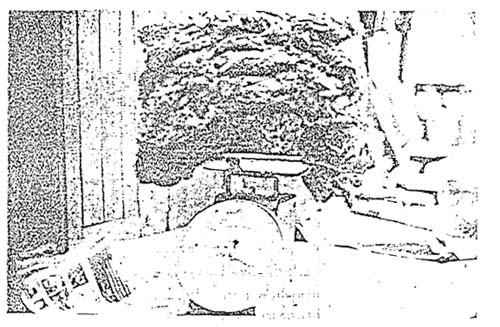
PLATE 1. Dry Gracilaria sp.
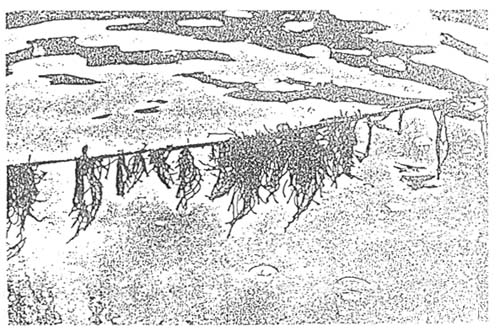
PLATE 2. Gracilaria seedlings on long line, Songkhla Lake.

Figure 1. Map of Thailand.
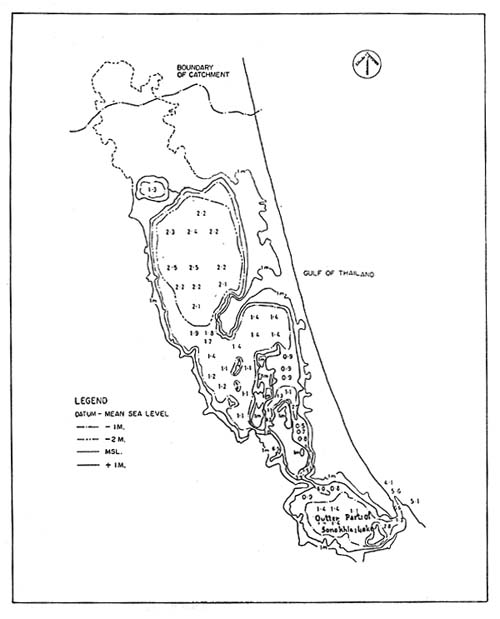
Figure 2. Songkhla lake bathymetry 1984.
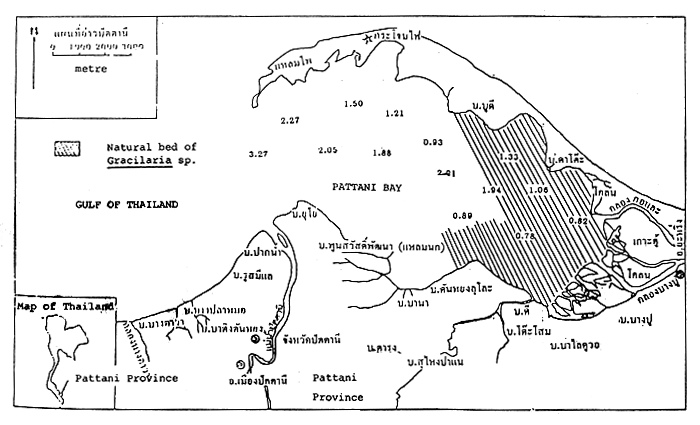
FIGURE 3. Pattani bay showing the natural beds of Gracilaria sp. (shaded area).
The culture methods practised in Thailand are as follows:
1. Long line
Raffia and polyethylene lines were used as materials for the long line culture method in an experimental farm; the results were not satisfactory (Plate 2).
2. Pond culture
Farmers collect young Gracilaria sp. from natural grounds and transfer them to earthen ponds with a water level of around 0.5–1.0 m (Plate 3). The exchange of water is by tidal action. The average production level obtained in 1985 was 1,030 kg/rai/yr (1 rai = 1600 m2) (Tookwinas et. al., 1987).
3. Polyculture in Seabass cages
Seabass (Lates calcarifer Bloch) farmers harvest Gracilaria that naturally collect and grow on the cages. They grow on the polyethylene net and on the bottom of cages. Production levels range between 50–100 kg/100 m2/yr.
IV. Marketing
An export market for dried, wild harvested Gracilaria has developed in southern Thailand. Exact quantities leaving Thailand for Malaysia are unknown but are estimated to range from 30–50 MT annually at a value (first sale) of 1.83 million baht in 1987. Price was in the range of 30–90 baht per kg. The market appears to be fairly limited and highly seasonal with nearly all the trade occurring during the Muslim fasting month of Ramadan.
V. Problems
1. Farmers who harvest from natural beds normally collect the whole of the Gracilaria shoot or with the substrate (live shell) and dry them. This practice causes considerable damage to the natural stock. They must be harvested by cutting, leaving around 5 to 10 cm of the Gracilaria shoot. The live shell must be brought back to the sea.
2. There are no commercial or industrial-scale agar manufacturing facilities in Thailand so the price of Gracilaria is not stable.
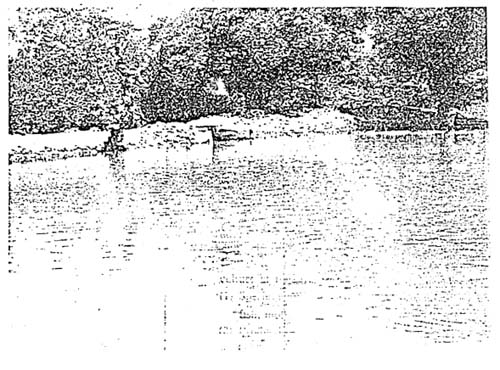
PLATE 3. Pond culture of Gracilaria sp., Pattani Bay.
References
Abbott, I.A., 1987. Some species of Gracilaria and Polycavernosa from Thailand. Paper report 26 pp.
Hawaiian Agronomics International, Inc. HAI, 1986. Progress Report for the Agriculture Technology Transfer Project: Seaweed Production and Processing Subproject, Department of Fisheries, Ministry of Agriculture and Cooperative. Bangkok.
Sirikul B. and W. Singthaweesak, 1987. Experiments on Seaweed Gracilaria sp. Culture in Chanthaburi Province. Meeting Report for the Agriculture Technology Transfer Project: Seaweed Production and Processing Subproject, 13–14 Aug. 1987, NIFI, Kasetsart University, Bangkok.
Tachanaravong S., Wattanakul V. and S. Junyampin, 1987. Experiment on culture of Gracilaria sp. in the outer part of Songkhla Lake, 1987. Meeting Report for the Agriculture Technology Transfer Project: Seaweed Production and Processing Subproject 13–14 Aug. 1987, NIFI, Kasetsart University, Bangkok.
Tookwinas S., Tachanaravong S. and S. Jaesoe, 1986. Traditional Gracilaria Culture at Pattani Bay. Thai Fisheries Gazette Vol. 39 No. 2, p. 145– 150.